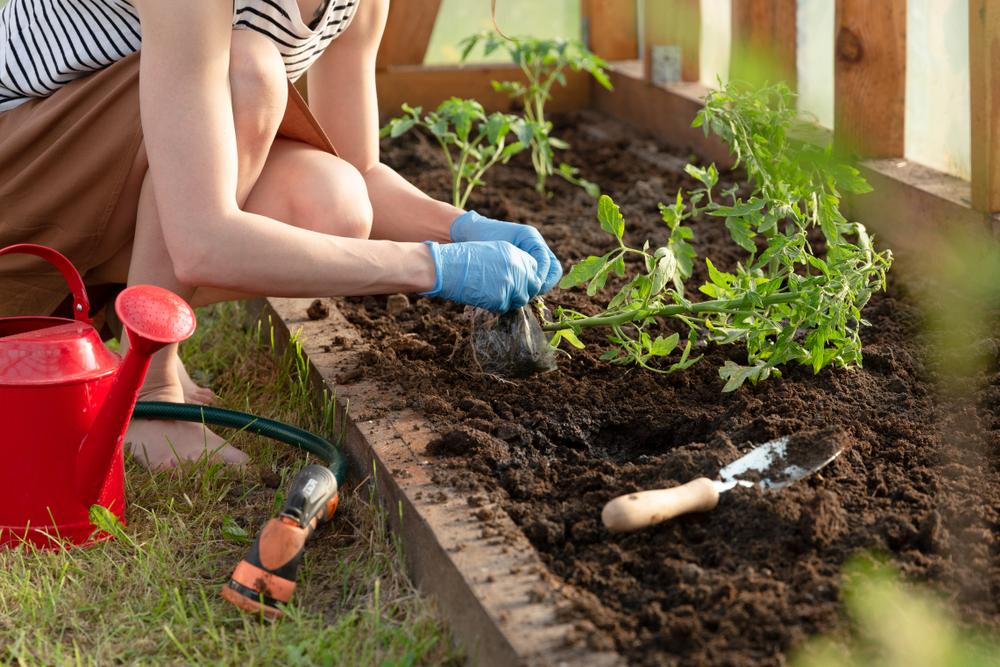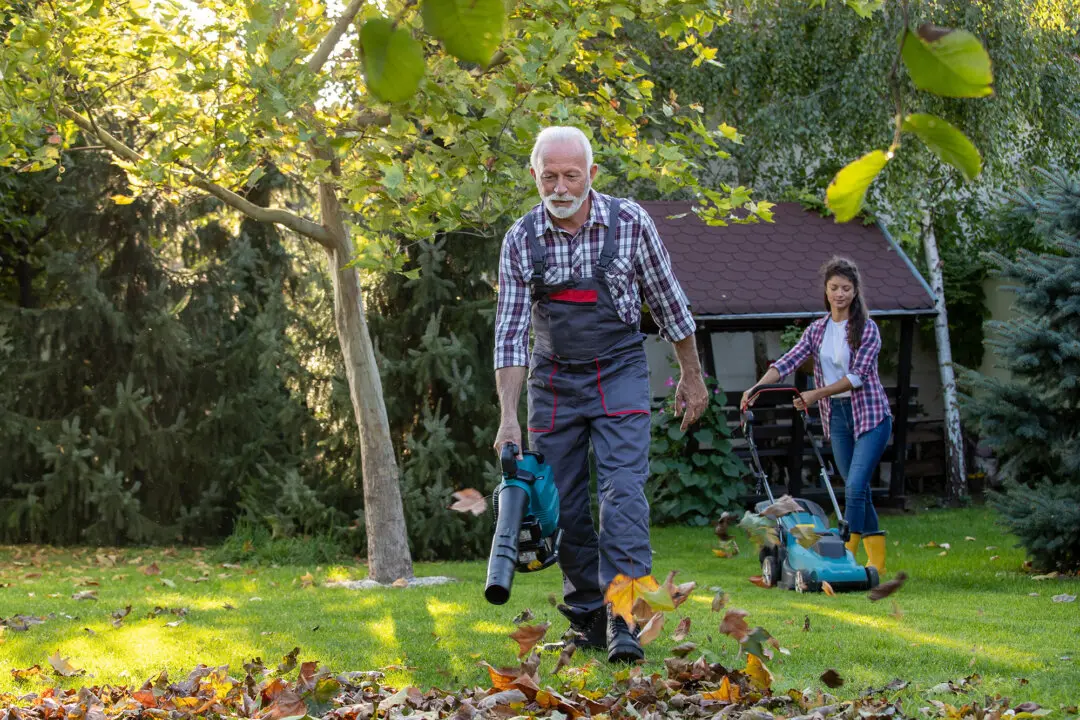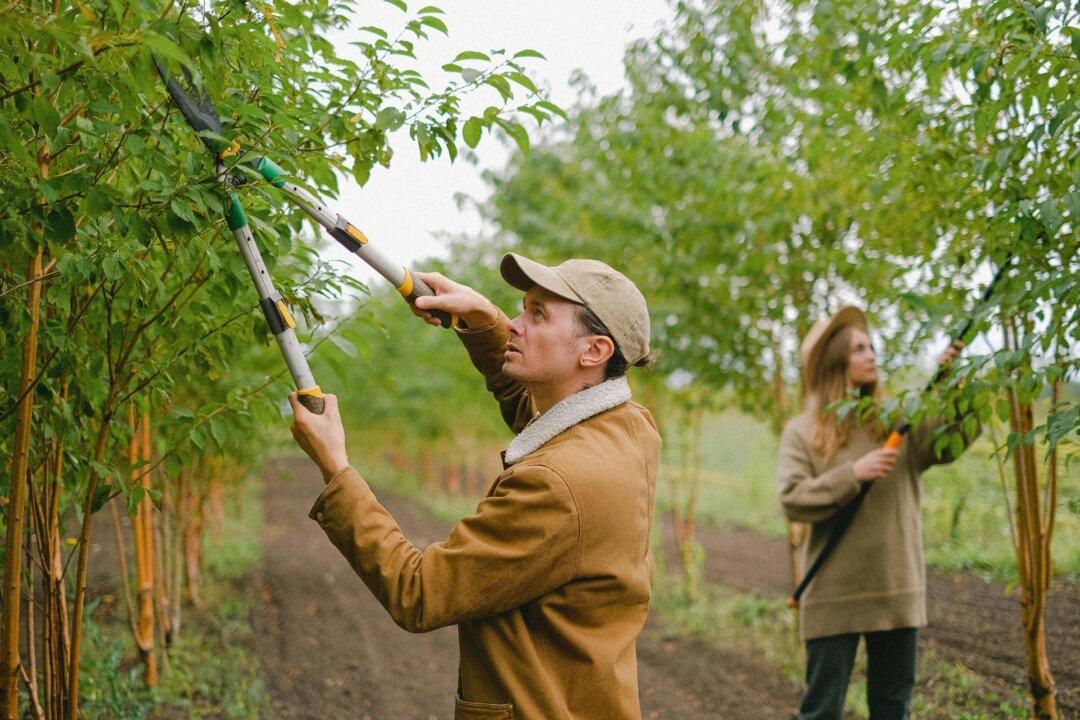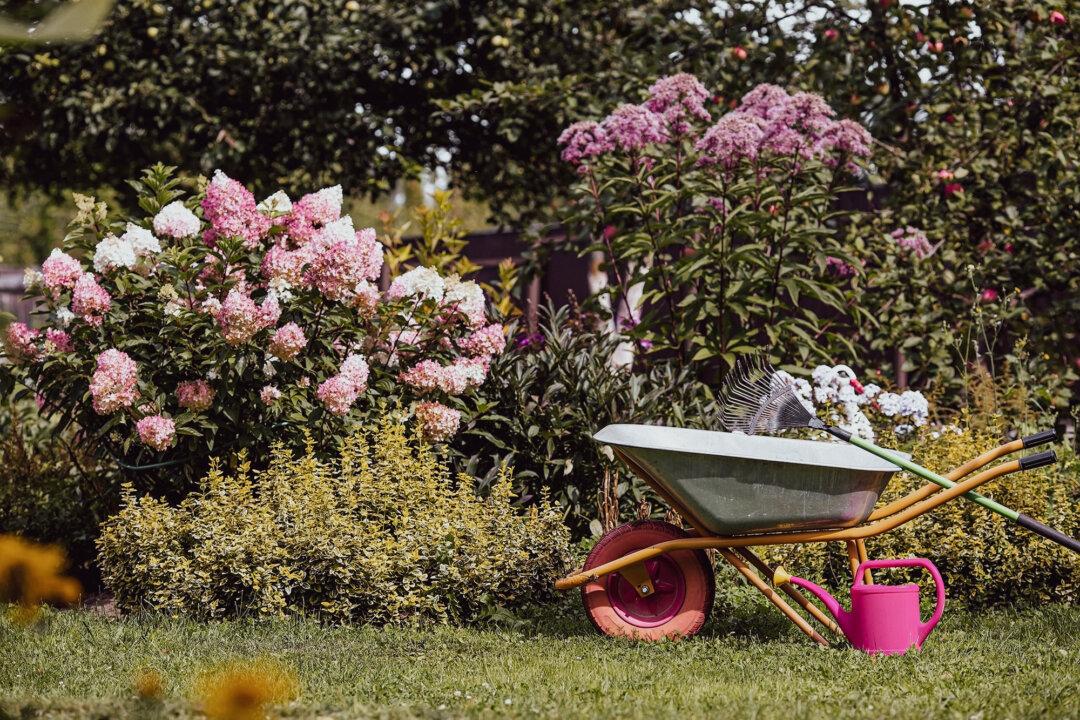All soil isn’t created equal.
Soil is the first and perhaps most critical part of creating and sustaining a healthy and bountiful garden. It’s much more than just the base that anchors plants to the ground; it’s a complex mix of physical, biological, and nutritive components that must be properly prepared and cared for not just once, but year after year—or you’ll soon find your garden suited for only growing weeds.





